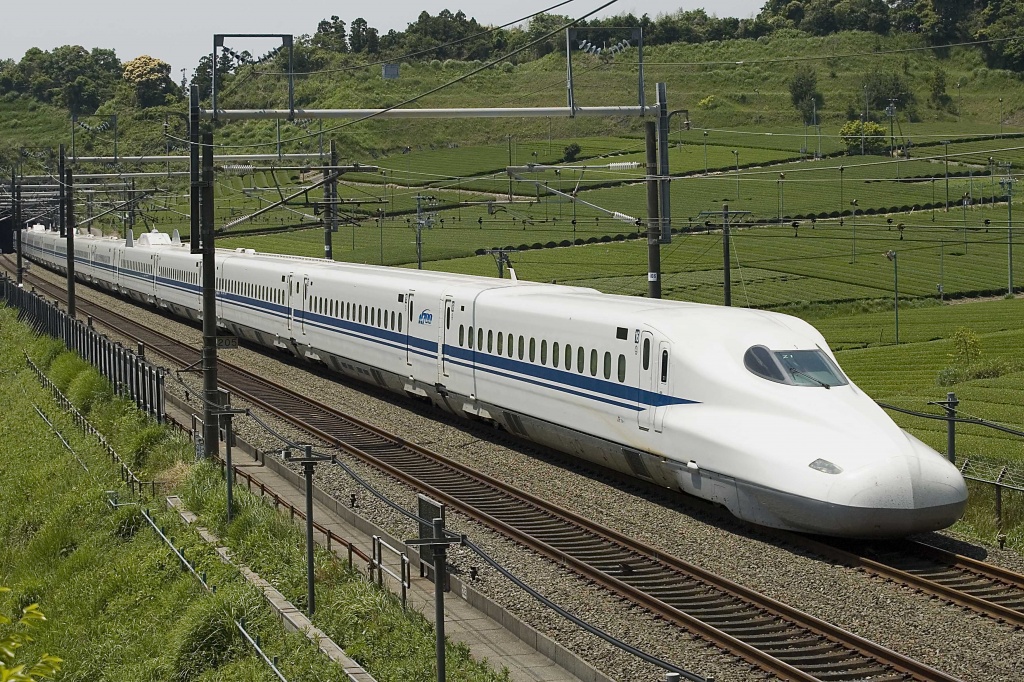$15 Billion Texas Bullet Train Reveals Its Houston to Dallas Route, Jumps a Major Obstacle: 90-Minute Zooms Between Cities Are Closer Than Ever
BY Natalie Gempel // 12.19.17
The high-speed Texas bullet train between Houston and Dallas is taking shape. Courtesy JR Central.
The long-awaited Texas Bullet Train is slowly but surely rolling towards construction. The Federal Railroad Administration’s released its Draft Environmental Impact Statement on the high-speed train and revealed the preferred route between Dallas and Houston for what’s expected to be a $15 billion project.
The analysis, which was the result of nearly four years of work, is an important step towards construction of the transportation project.
The preferred route for the all-electric train runs along transmission lines in a utility corridor between Dallas and Houston. The rail will be built using viaduct structures and will have no “at grade crossings,” preventing the risk of running into vehicles. Considering how fresh the horrific Washington Stare train derailment is on everyone’s mind, this is no small feat.
The 240-mile rail line will have one midway stop in the Brazos Valley. When completed, travelers will be able to zip between Texas’ two largest cities in less than 90 minutes at speeds as high as 205 MPH.
The route also provides suggested passenger terminal sites for the three stops. The Dallas station will be located south of Kay Bailey Hutchinson Convention Center, in the Cedars neighborhood. The midway stop will be in Grimes County, serving Bryan and College Station, and will offer a shuttle to Texas A&M University.
The Houston terminal has three proposed locations – all of which are in the area south of US 290, west of Loop 610 and north of Interstate 10, near the Galleria, Medical Center, Energy Corridor and downtown.
Texas Central Group has selected Irving, Texas-based Fluor Enterprises Inc. and The Lane Construction Corp. as the preferred design/build team, with WSP USA conducting engineering work on their behalf.
The route and passenger stations will be finalized in coming months, and construction is expected to begin as early as late 2018, with completion slated for 2023.
The ambitious project is expected to generate $36 billion in direct economic activity over the next 25 years, create more than 10,000 jobs per year during construction and up to 1,000 permanent jobs when operational.









































_md.jpg)













_md.jpg)

